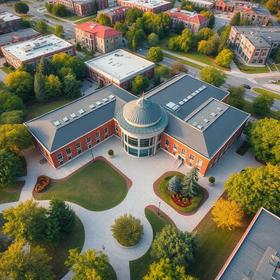While libraries and book vendors are teeming with information about preparing for a four-year college, there is relatively little available to help students prepare for the community college experience. Thomas J. Snyder, president of Ivy Tech Community College, hopes to fill that niche, with his new guide titled, The Community College Career Track: A Guide for High-Schoolers, Career-Changers, Parents and Advisors. Snyder uses his experiences in both the academic and corporate sectors to offer community college-bound students and their parents the help they need to navigate the community college system adeptly. The guide focuses on helping students get on the right career track, using community college as a launching pad.
A Different Path to Opportunity
Snyder believes that community college can be an effective path to a rewarding, lucrative career, additional education, or a combination of the two. Snyder told the Northwest Indiana Times that with many four-year students graduating with as much as $80,000 in debt and no job prospects, the middle class is now looking at the possibility that a four-year degree may not be the most cost-effective path right out of high school. As Snyder interviewed numerous community college students in preparation for writing his guidebook, he realized that the majority were landing good jobs right out of school, with little or no debt to worry about.
“Whether it is a traditional student or a displaced worker, community colleges offer an opportunity to pursue a degree or certification that leads


















